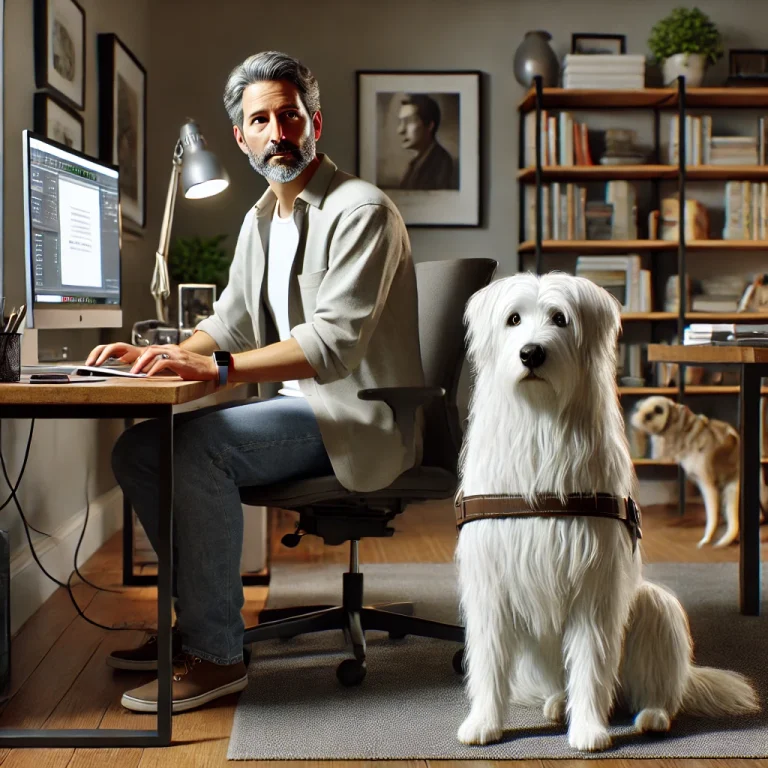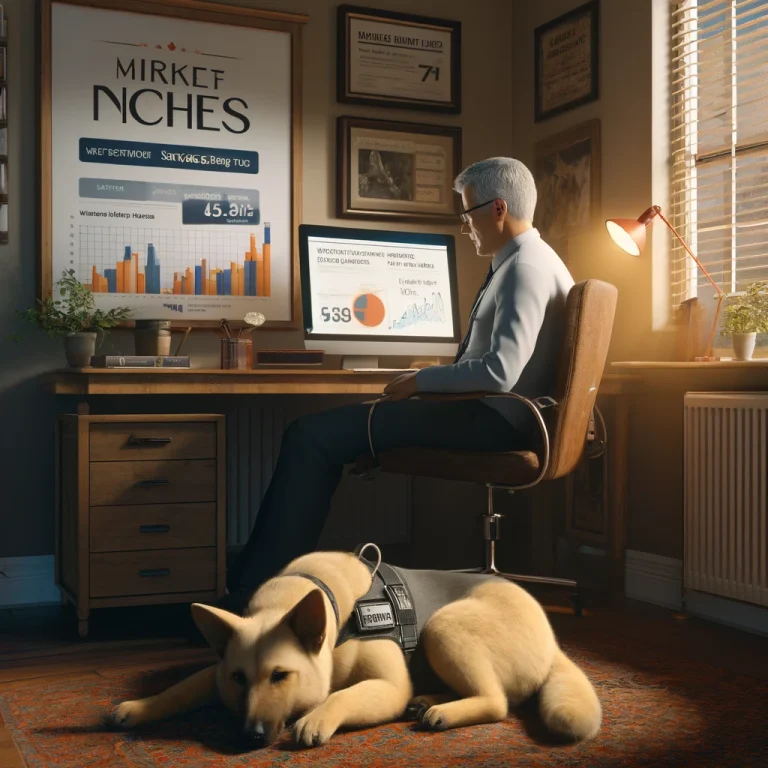Introduction: The Self-Training Route
Many people wonder if it’s possible to train their own service dog. While it’s feasible, training a service dog yourself involves a significant commitment and understanding of what the process entails.
Understanding Service Dog Training
Service dogs are trained to perform specific tasks that assist individuals with disabilities. This goes beyond basic obedience, encompassing specialized skills tailored to the handler’s needs.
Advantages of Self-Training
Self-training your service dog can offer benefits:
- Customized Training: Tailor the training to fit specific needs.
- Bonding: Strengthen the relationship between you and your dog.
- Cost-Effective: Potentially more affordable than professional training programs.
Challenges of DIY Service Dog Training
However, there are notable challenges:
- Time and Patience: Requires a significant time investment and patience.
- Expertise: Demands a deep understanding of dog training techniques.
- Consistency: Essential for effective and reliable task training.
Essential Skills for Self-Training
Key skills for self-training include:
- Understanding dog behavior.
- Ability to teach obedience and task-specific skills.
- Knowledge of disability-related training needs.
Legal Considerations
Legally, a service dog is not required to be professionally trained or certified, but they must be trained to perform tasks related to a disability. They must also behave appropriately in public.
Selecting the Right Dog
Not all dogs are suited for service work. The right candidate should display traits like calmness, intelligence, and responsiveness.
Starting with Basic Obedience
Begin with fundamental obedience training. Skills like sitting, staying, and responding to commands lay the groundwork for more advanced training.
Training Specific Tasks
After mastering basic obedience, focus on disability-specific tasks. This training should be precise, replicable, and directly related to mitigating the disability.
Public Access Training
Equally important is public access training. The dog must learn to navigate various environments calmly and without distraction.
Conclusion: Weighing Your Options
Training your own service dog can be rewarding, yet it’s a demanding process that requires commitment, skill, and patience. Evaluate whether this path aligns with your capabilities and lifestyle. For more guidance on self-training service dogs, visit ServicePupSolutions.com.
For assistance with self-training a Service Dog, Click Here






